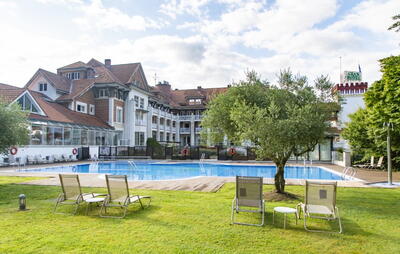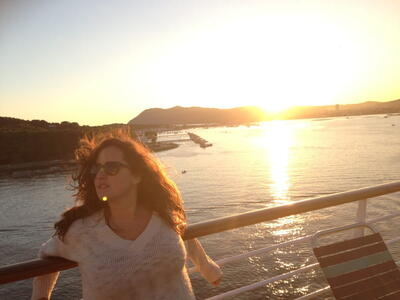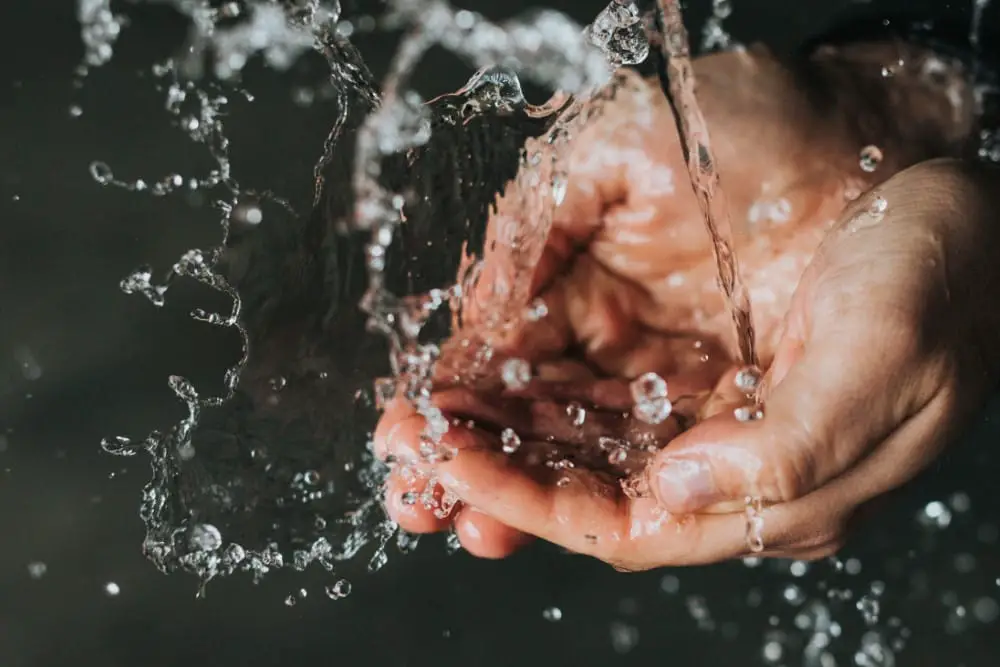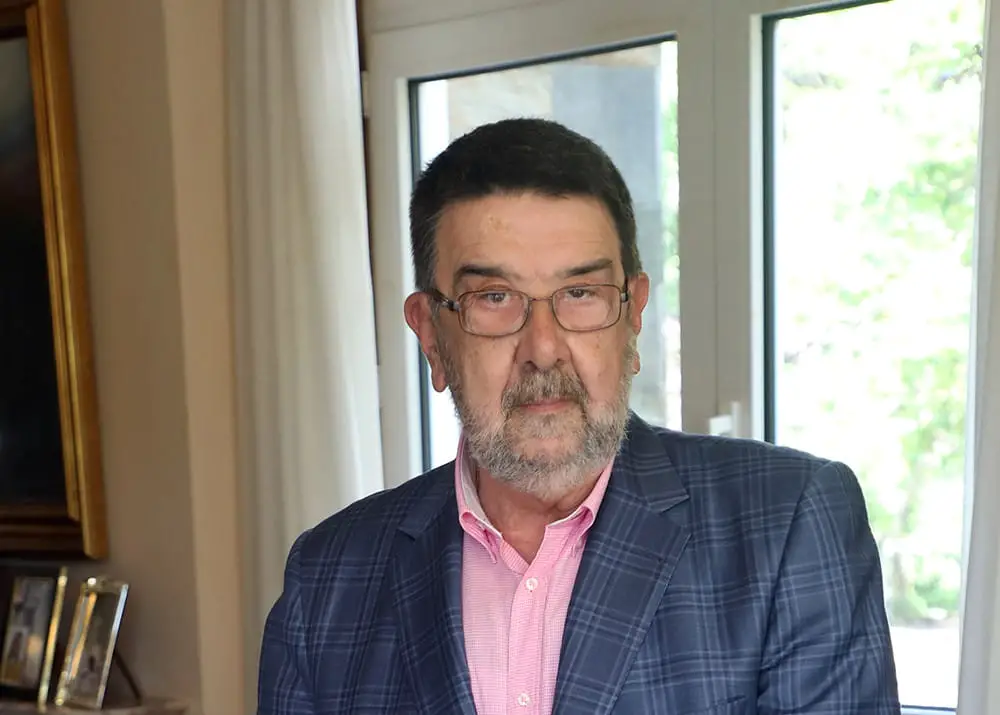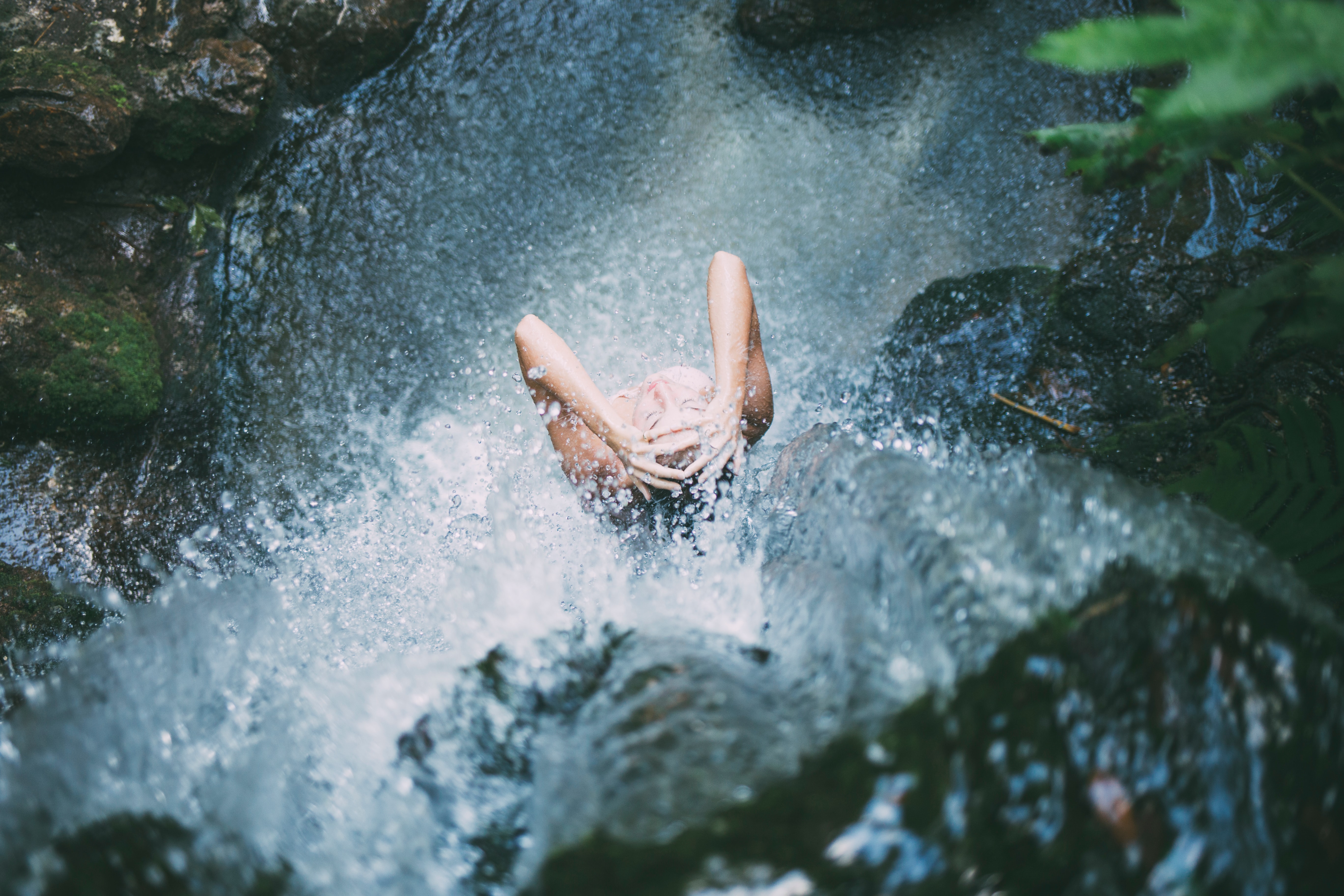
What is crenotherapy?
In a nutshell, crenotherapy is the science that studies the application of mineral-medicinal waters for therapeutic purposes
Although the use of mineral-medicinal waters dates back many centuries, crenotherapy reached its highest peak as a science in the late nineteenth and early twentieth centuries. From the 1940s, with the development of pharmaceuticals, the use of water was somewhat relegated, until its resurgence in the 80s of the twentieth century, to reach our days as a valuable ally for various treatments.
What is balneotherapy?
The term balneotherapy is, practically, a synonym of crenotherapy, since it refers to the use of mineral-medicinal waters; but it focuses especially on the application of the waters topically -we will see what it means later on-. As its word indicates, this application usually takes place in thermal centers.
Hydrotherapy versus balneotherapy or crenotherapy
In summary, hydrotherapy pays attention to the application of any type of water for therapeutic purposes, while crenotherapy and balneotherapy focus on the study, use, and application of mineral-medicinal waters.
.jpg)
Crenotherapy and balneotherapy applications
Broadly speaking, mineral-medicinal waters are applied to the body in three ways: orally, by inhalation and topically. The first two are part of internal crenotherapy, while the third refers to external crenotherapy or balneotherapy. The different routes will be chosen by the medical team based on the patient's needs.
Oral route
This basically refers to drinking mineral-medicinal waters. It is one of the least used forms nowadays. It is also known as hydropinic cure or drinking cure
You drink two types of water:
- diuretics: they have low mineralization and seek to boost the renal system.
- digestive: they are especially indicated for the gastro-enterohepatic tract.
Respiratory tract
Either by drops or by inhalation of vapors or gases. In other words, it consists of bringing the mineral-medicinal waters into contact with the mucous membrane of the respiratory tract. Also known as atymathic cure or inhalation therapy.
The following techniques stand out:
- aerosols: it is the inhalation of water in a gaseous state -with drops of a very small size-, through a tube applied over the nostrils and mouth, thanks to a mask.
- nebulizers: these are inhalers that produce a thicker droplet than that of aerosols (even so, tiny), creating a cloud of water droplets that are inhaled by the visitor.
- nasal douche: nasal lavage, which is performed using instruments such as a pipette, Dipierris probe or irrigator with a glass cannula.
- mouthwash and gargling.
- pharyngeal spray: this type of shower is created with the intention of projecting a jet of mineral-medicinal water, in the form of a spray, directly onto the pharynx. The objective? To reduce inflammation in patients with pharyngitis or tonsillitis, through vasodilatation and vasoconstriction.
- tubotymphatic insufflation: involves introducing thermal gas into the ears, with the intention of treating seromucous otitis.
Topical route or external crenotherapy
It is undoubtedly the most widely used form and it is the focus, as mentioned above, balneotherapy. Thus, balneotherapy is the application of medicinal waters by immersion of the body; that is, through baths or showers. Also belonging to this category is the application of mud or peloids.
The baths can be:
- simple: immersion of the body in a bathtub with thermal/mineral-medicinal water.
- hydromassage: adding bubbles -i.e. pressure- to the bath.
- partial: the bath is applied to a specific, localized area.
- can include mobilizations, which benefit the affected part.
- collective: immersion in a collective pool. It is called hydrokinesitherapy.
For its part, the technique of showering can be:
- general shower: a technician performs the application, in a personalized manner.
- simple local showers or targeted sprays: the application is carried out by means of automatic devices and is applied to the extremities; i.e., foot and hand showers
- circular shower: application of water at low-pressure thanks to a system of multiple holes at different heights in order to emulate a massage.
- Scottish shower: alternating hot and cold mineral-medicinal water for a stimulating effect.
- Filiform shower: the water is applied at high pressure through a system of small holes.
- Vichy shower: this technique combines the relaxation of a vertical shower with a massage, adapted to the person's needs.
Within the topical applications of mineral-medicinal waters, we must also locate the peloids. This term comes from Greek and means "mud" in the Hellenic language. Thus, it consists of mixing mineral-medicinal water with other materials to turn them into muds, a mixture to be applied on the body. They are applied at high temperatures and for a prolonged period of time, so that the waters and muds release their benefits.
We can also speak of thermal gas. These are dry gas baths. It consists of the following: the patient lies on a stretcher for 10 minutes, during which time he remains surrounded by an envelope fed with thermal gases at 42ºC.

Subscribe to our newsletter and
. GET OUR FREE GUIDE "7 TIPS TO PREPARE YOUR RELAX ESCAPE!
What is the difference between balneotherapy, thalassotherapy and spas?
The main difference is that thalassotherapy does not use mineral-medicinal waters for its treatments -as crenotherapy or balneotherapy does-, but water and other marine elements (mud, algae, sand, etc.).
Spas, on the other hand, use drinking water (i.e., tap water) for their beauty treatments and cures. The confusion between spa and spa, comes from the fact that the word spa in English is used to denote both types of establishments.
Spas use drinking water (i.e., tap water) for their treatments and beauty cures.
The thermal centers must have, by definition, medical services and facilities where the mineral-medicinal waters declared of public utility are applied for therapeutic purposes. Although they are born as health centers, nowadays the recreational and relaxing part also plays an essential role.
All they have in common is that, applied in the form of baths, showers, or jets, they have beneficial health effects. This includes spas. However, the World Health Organization only recognizes the therapeutic indications of waters used in crenotherapy (or balneotherapy) and thalassotherapy, due to the chemical composition of both marine and mineral-medicinal waters -although their applications and results are different-.
